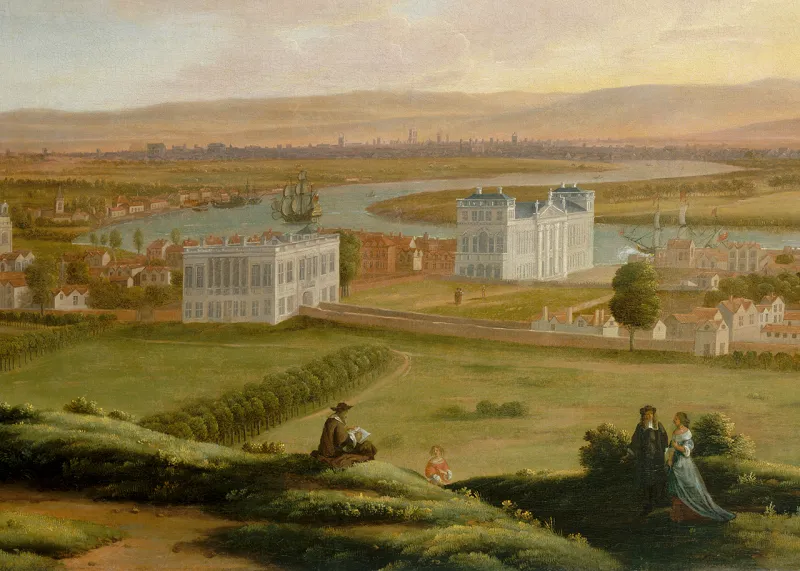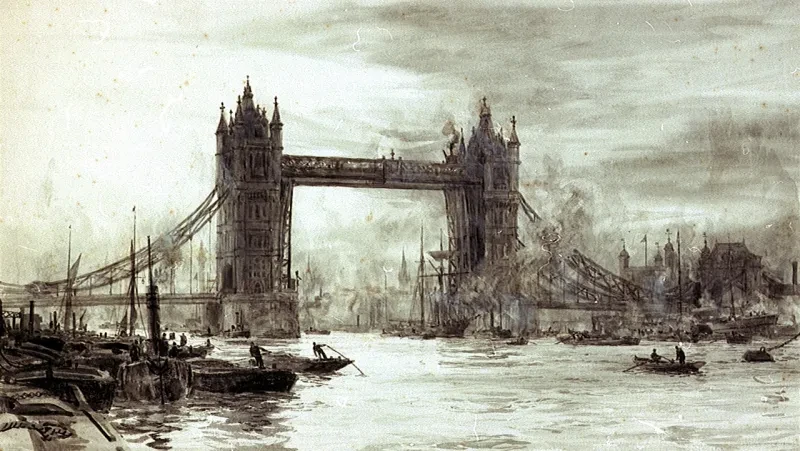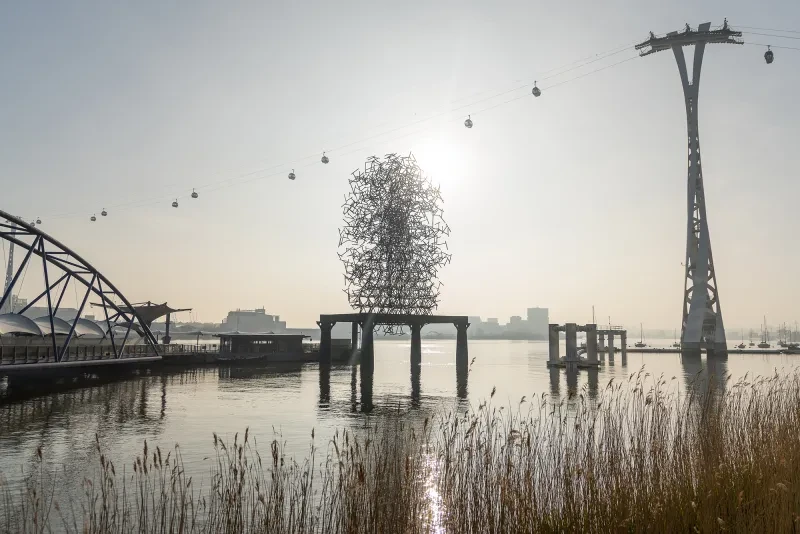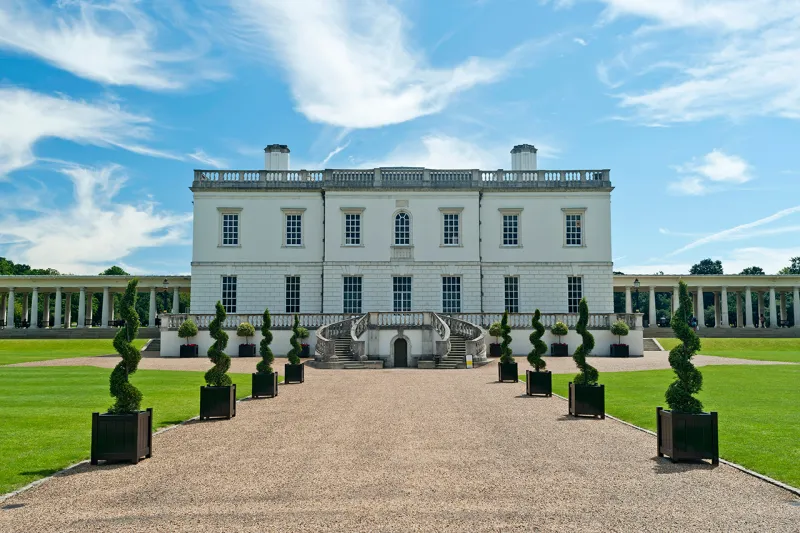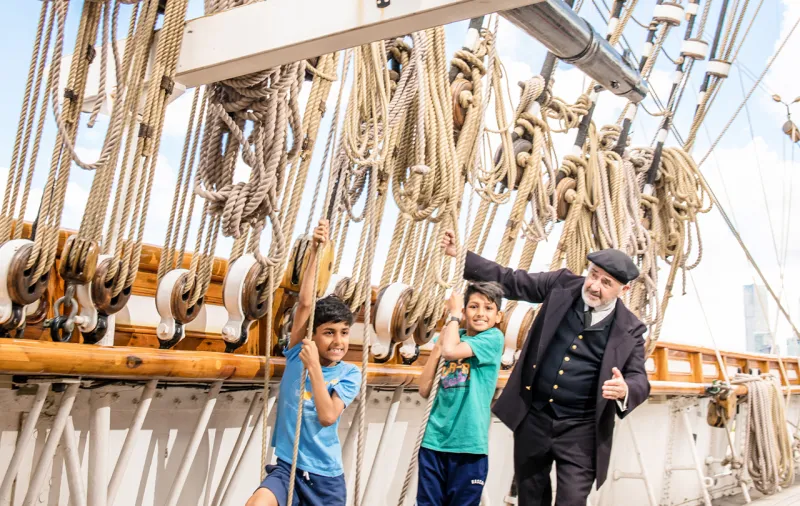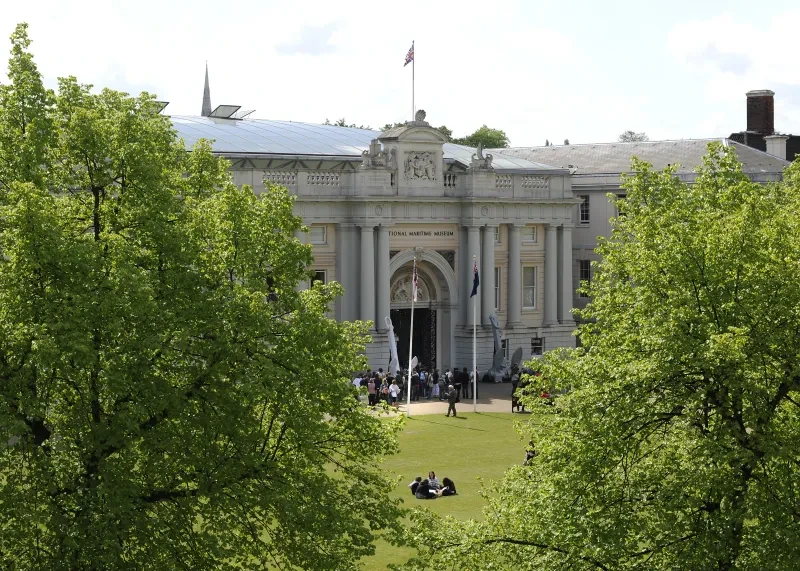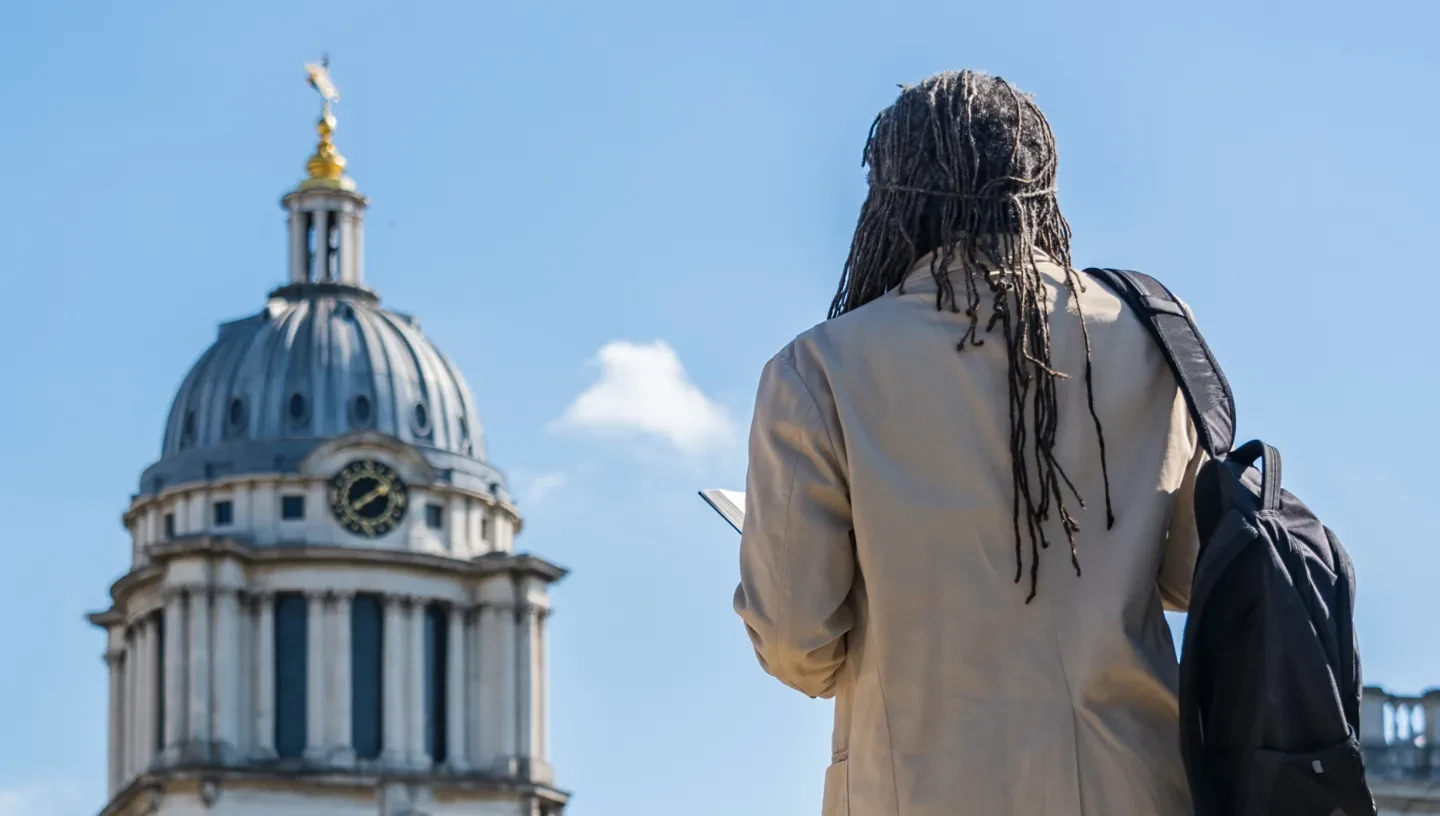
Greenwich and neighbouring Deptford are major sites in the history of Britain’s role in the transatlantic slave trade and its abolition.
Ships would leave the Thames for the West African coast and enslavers would exchange enslaved Africans for a variety of trade goods. The ships would then cross the Atlantic for the Caribbean and the Americas. This trading route, the triangular trade, was first developed by the Portuguese.
Greenwich has been the home of famous abolitionists, but also of people who profited from the misery of the enslaved. Neighbouring Deptford was the base of the slaver Sir John Hawkins, who was the first Englishman to successfully complete a slaving voyage around the Atlantic system, known as the triangular trade.
This self-guided walking tour will allow you to learn more about these connections, mixing well-known Greenwich landmarks with overlooked histories of the story of enslavement and freedom.
Tour created by Dr Helen Paul, University of Southampton
Walk details
Start: Greenwich Tourist Information Centre, King William Walk | End: Herb Garden, Greenwich Park
Walking time: 2 hours | Distance: 4 km (2.5 miles)
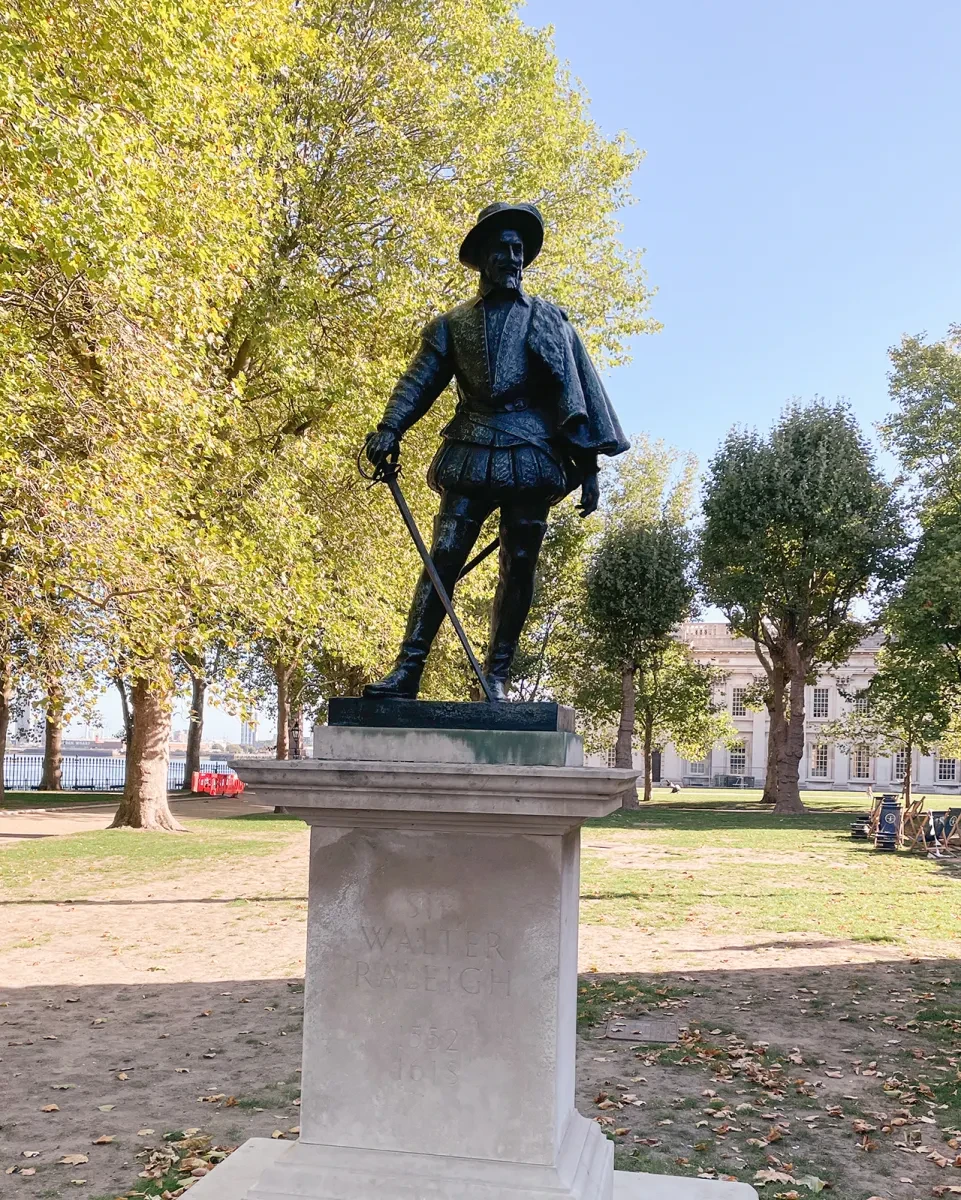
Sir Walter Raleigh, Tudor seafarer
Start outside the Tourist Information Office on King William Walk near to the Cutty Sark. Look at the statue of Sir Walter Raleigh.
Raleigh was a loyal servant of Queen Elizabeth I and celebrated sailor. He founded the colony of Virginia in the honour of his queen.
His wife, Elizabeth Throckmorton, held an enslaved African in her house as her servant. She helped to popularise this practice amongst the wealthy.
Later, people further down the social scale also used enslaved people as household servants. For instance, in nearby Deptford, a distiller called Samuel Downes advertised the sale of a fourteen-year-old and an eight-year-old (London Daily Post and General Advertiser, 13 September 1740, Runaway Slaves in Britain project).
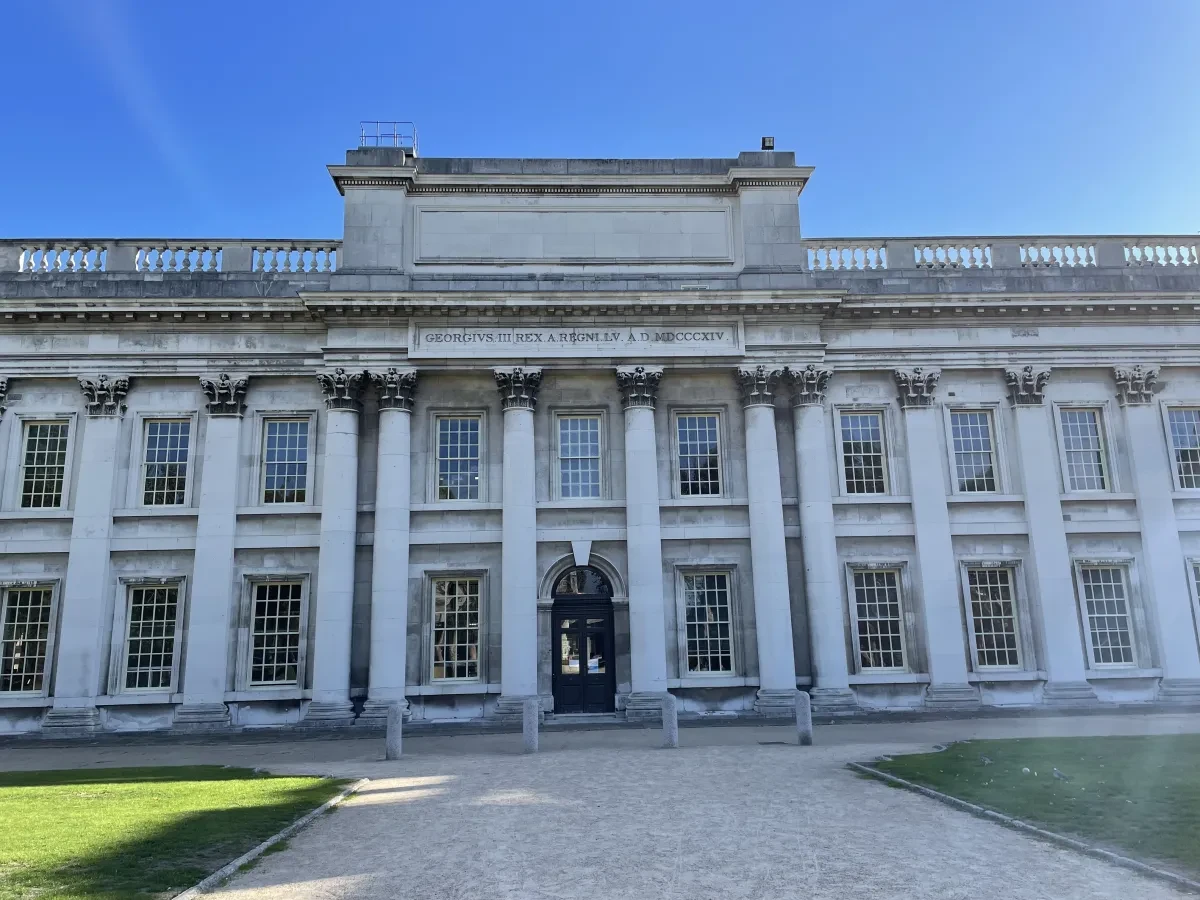
George III
Follow the pathway round to the left of the Tourist Information Office along Pepys Walk to the fountain. With your back to the Tourist Information Office, look up at the building in front of you. Halfway along the frontage, above a doorway, is a dedication to George III. It reads ‘Georgivs III Rex. A. Regni. LV. A.D. MDCCXIV’. This means ‘King George III, in the 55th year of his reign, 1814’.
The building was erected after the abolition of the British transatlantic slave trade in 1807. However, enslaved people were not freed in the British Caribbean until the 1830s. Their supposed owners, but not the enslaved themselves, were given compensation payments by the British government in order to bring about abolition. The Greenwich naval hospital, an institution which cared for retired sailors of the Royal Navy, made claims for several estates in Jamaica.
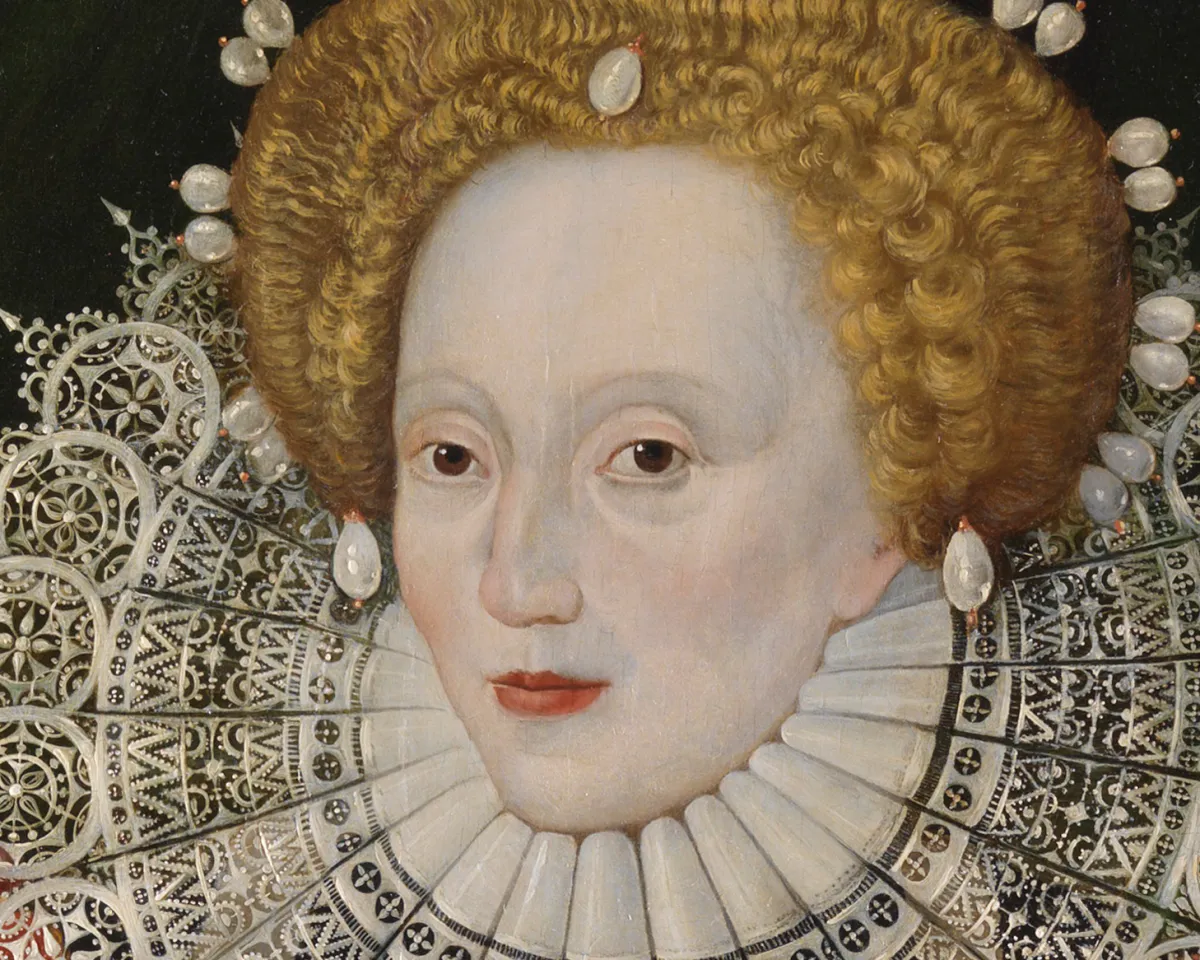
Palace of Placentia
Continue past the fountain onto the main pathway and turn left. Pass the Painted Hall and go into the Great Courtyard. Then head left towards the statue of George II. Go past it and look for a plaque on the ground marking the site of the Palace of Placentia.
This was the birthplace of Elizabeth I, the first English monarch to invest in the transatlantic slave trade. Her famous 'Armada Portrait' hangs in the Queen’s House.
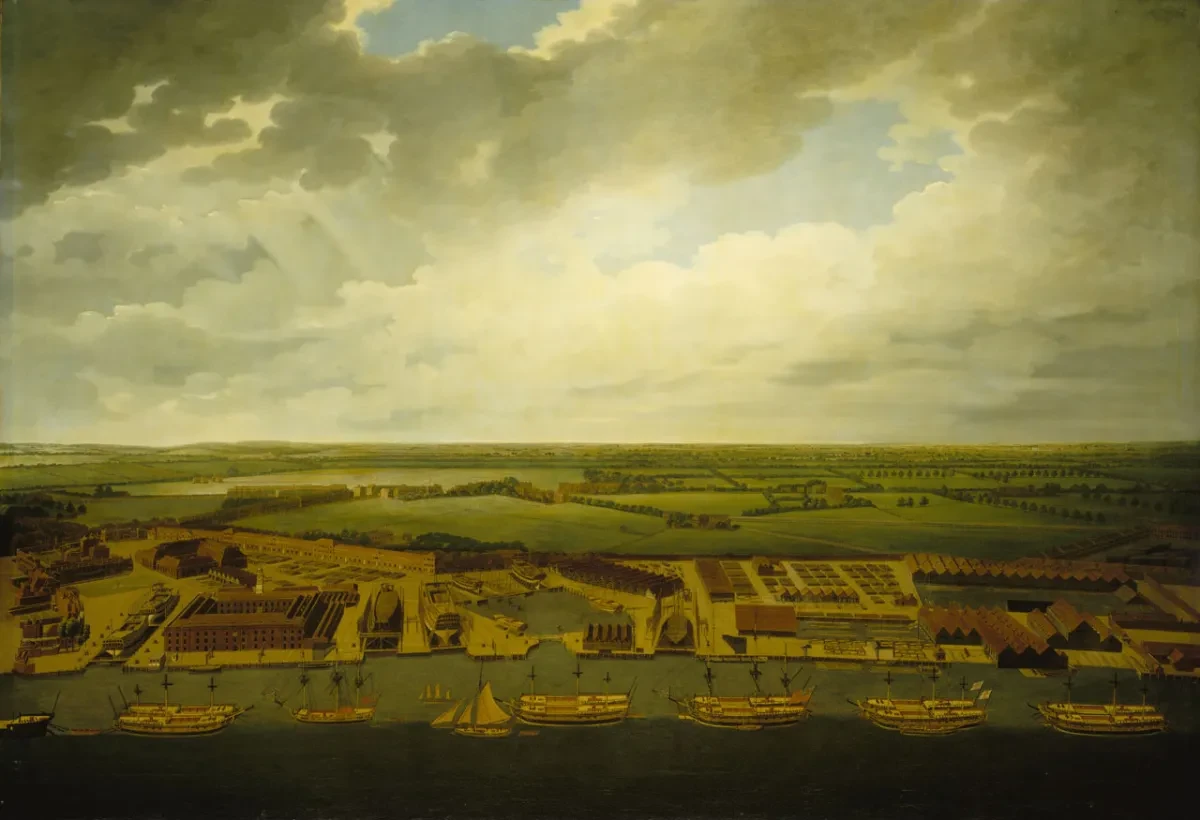
Water Gate
Go through the Water Gate and stop. Turn to your left and look upriver past the Cutty Sark. Where the river bends round, you will see Deptford.
This was the site of the King’s Yard, Deptford’s naval dockyard. It also housed the Navy’s Victualling Yard which dealt with supplies of food and drink.
The Royal Navy helped to suppress the transatlantic slave trade after 1807. Before that date, it assisted slave trading vessels in a variety of ways including giving them convoy protection. Sir John Hawkins, the first Englishman to establish himself in the triangular trade, sailed from Deptford in the reign of Elizabeth I.
In 1762, abolitionist Olaudah Equiano was trafficked into slavery on the same stretch of river known as Deptford Strand.
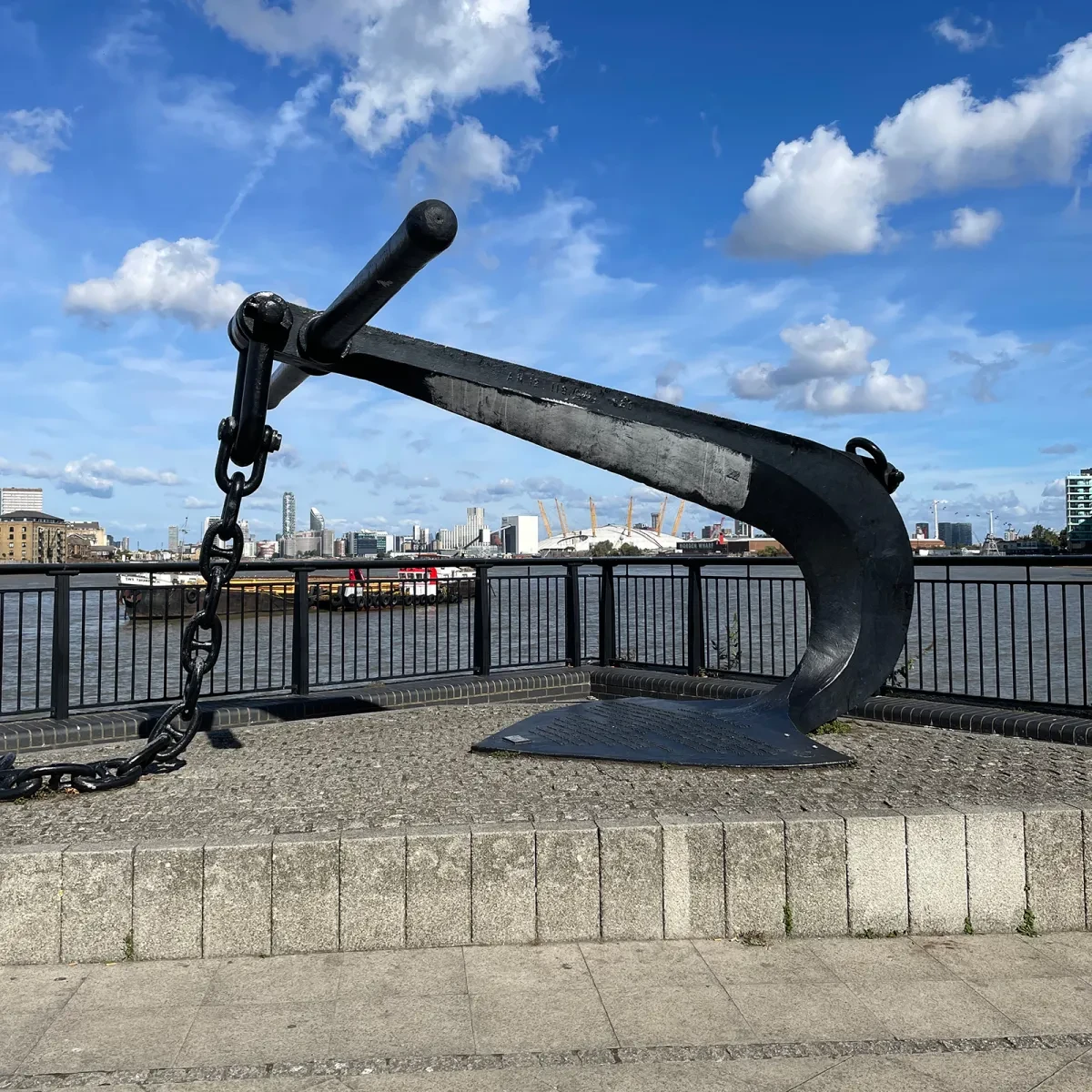
Crowley’s Ironware
Now head downriver away from Deptford and the Cutty Sark. Follow the path along the waterside. You will have to take a small detour around a public house, The Trafalgar Tavern, but then continue on to Anchor Iron Wharf and a look at the large anchor.
This area was the site of Crowley’s Wharf. Sir Ambrose Crowley, and his successors, supplied ironware to the Royal Navy and to merchant shipping. This included items such as manacles and chains used on enslaved people.
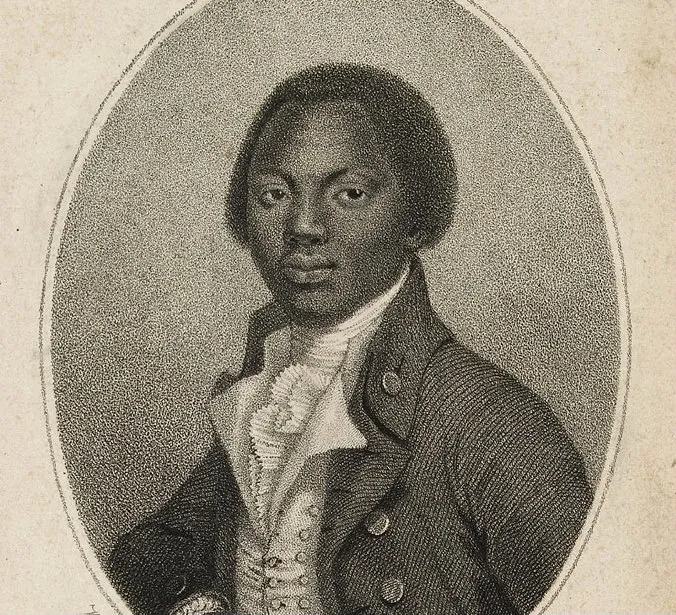
Olaudah Equiano
Turn away from the river and head inland past Greenwich Power Station. Cross the busy Trafalgar Road and head up Maze Hill. You will eventually come to Greenwich Park.
Enter and head uphill until you pass the second gate onto Maze Hill. Just past this gate is a house with a blue plaque celebrating Olaudah Equiano, the abolitionist who was enslaved at Deptford.
Equiano freed himself from enslavement. He published his autobiography and joined an abolitionist group called ‘Sons of Africa’. One of the major reasons for the abolition of chattel slavery was the resistance of the enslaved, particularly in Saint Domingue (Haiti). This was the first country to permanently ban enslavement.
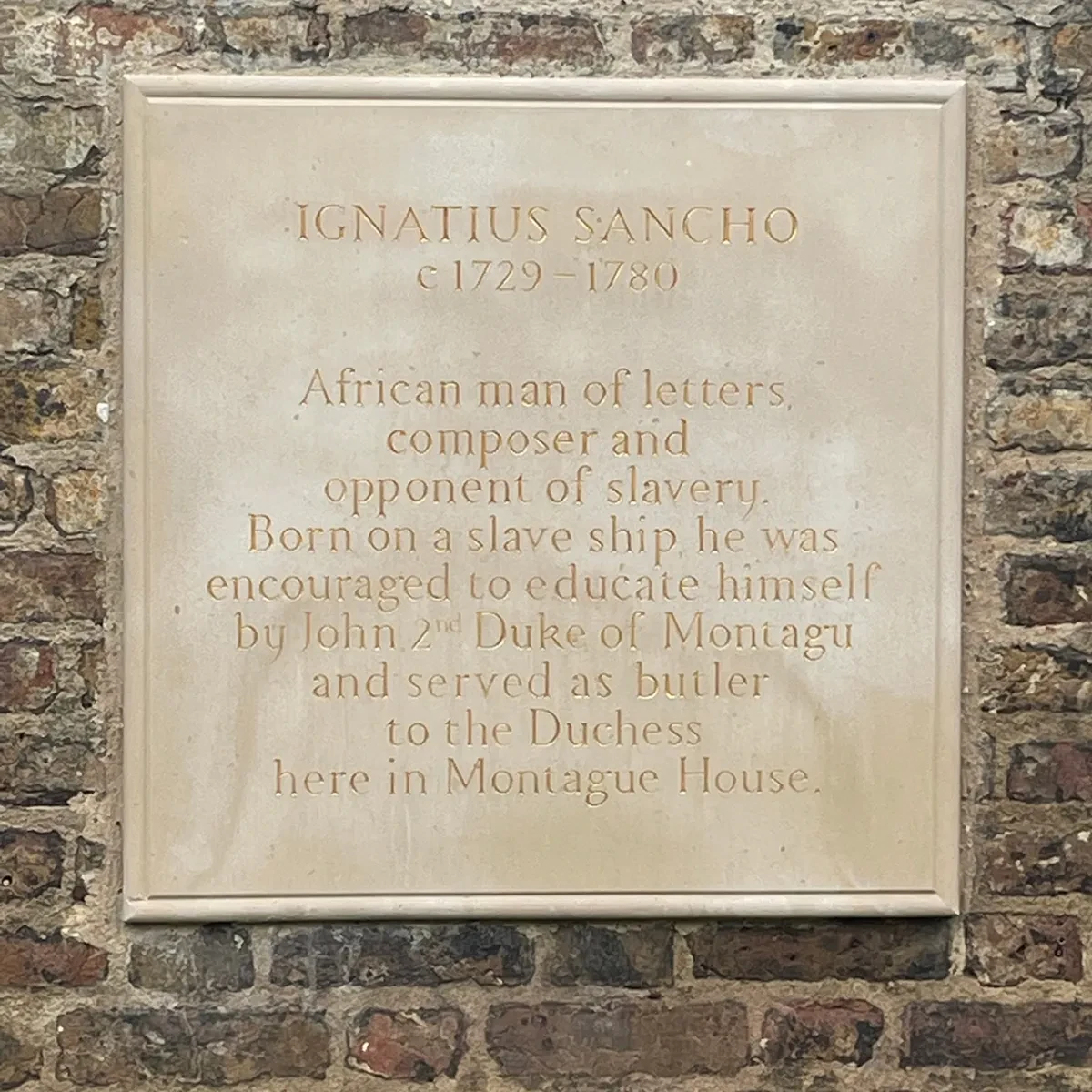
Ignatius Sancho
Head back into the park and go towards the southwest corner. Look at a park map to find Queen Caroline’s bath. It is located between Chesterfield Gate and the Rose Garden.
Once there, you will find the remains of the bath behind a low hedge. On the wall to the right is a plaque commemorating Ignatius Sancho. He, like Equiano, had been enslaved before becoming a leading abolitionist. Sancho was a prolific writer but is now remembered as a composer. He is the first known person of African descent to vote in a British general election.
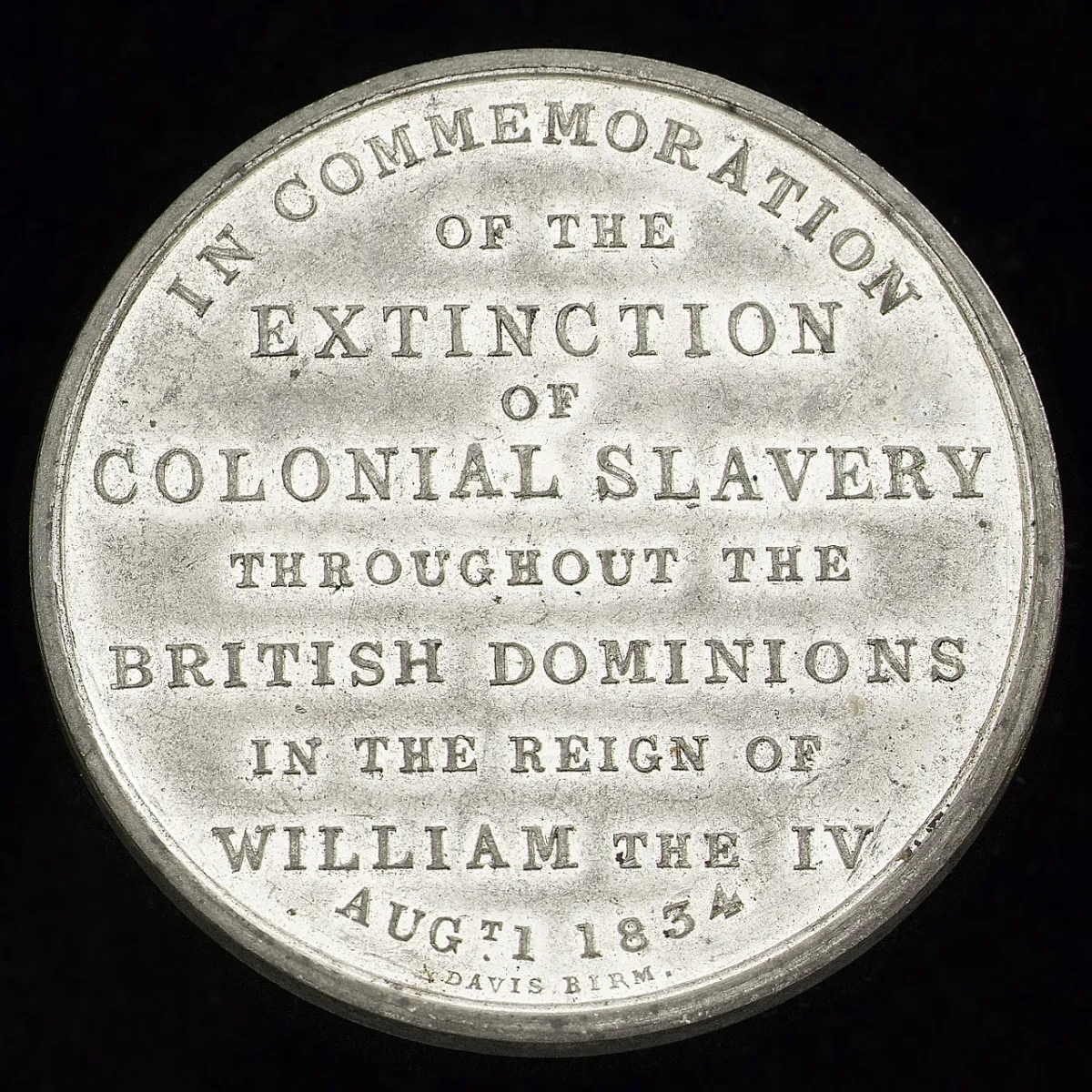
Compensation
Go through the Rose Garden to Croom’s Hill Gate. Greenwich was home to abolitionists, but also to people who profited from enslaving others. For instance, Perletta Beauchamp lived on Croom’s Hill which is adjacent to the park. Perletta made a claim for compensation to the British government in exchange for enslaved people on the island of Nevis in the Caribbean. Her family also brought an enslaved woman called Myrtilla to England.
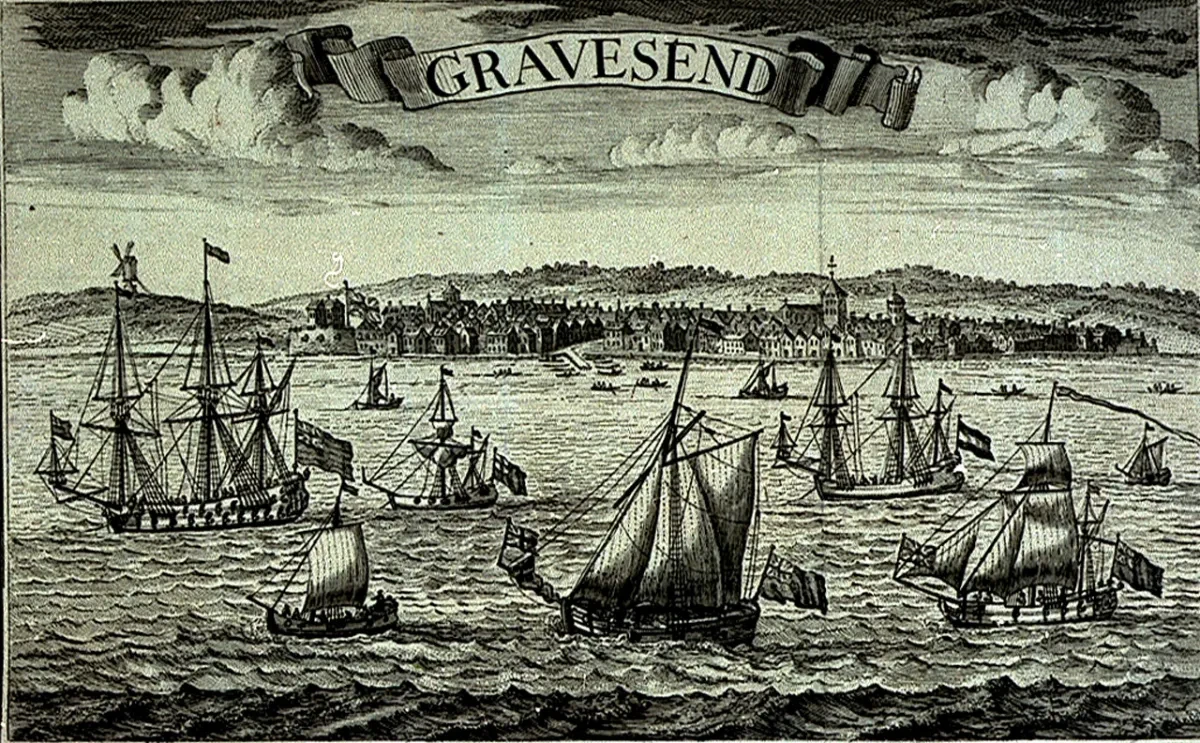
Remembrance
Head downhill along the edge of the park towards the Herb Garden. Enslaved people sometimes managed to escape from their captivity.
In 1727, a teenager who had freed himself was spotted in Greenwich Park. From there, he went to Gravesend, presumably to get on board a ship. His enslaver printed the details in a newspaper to try to recapture him. We do not know what happened next.
Within the Herb Garden, you will find rosemary planted. Rosemary is for remembrance. Pause for a while to remember the enslaved people who once lived in Greenwich.
